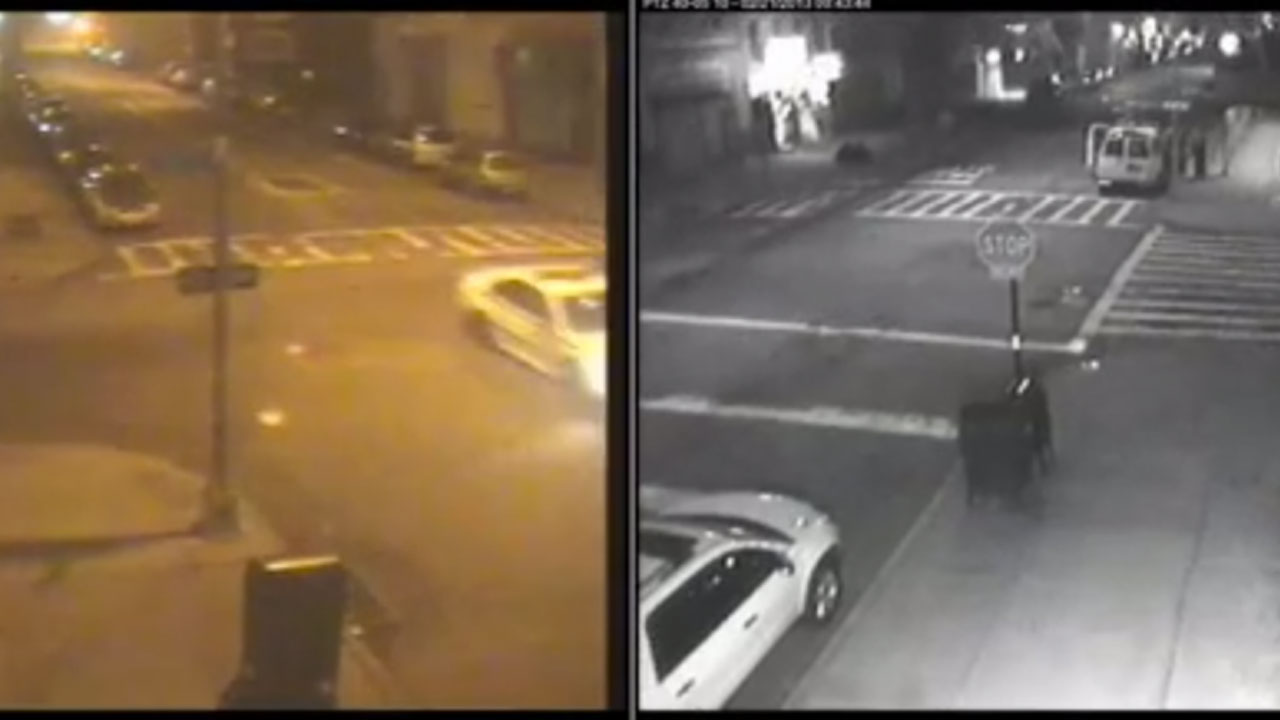New evidence points to the possibility that the NYPD lied about a deadly vehicular incident last year when 24-year-old Japanese student Ryo Oyamada was ran over by Officer Darren Ilardi while crossing 40th Avenue in Queens. The police reported that the cruiser’s emergency lights had been on at the time of the crash and that the officer was responding to a 911 call. Witnesses told the media otherwise, saying that the lights had not been turned on until after the accident occurred.
Attorney Steve Vaccaro has obtained a video from the New York City Housing Authority via a Freedom Of Information Act request that may prove that the NYPD were not truthful in their description of events. The video appears to show that immediately before driving onto the block where Oyamada was killed, the police car’s lights were not on. There has also been evidence to dispute the claim that Ilardi was on a 911 call at the time. Gothamist writes:
At the 1:45 mark, Camera 1 appears to show the first indication that the NYPD cruiser’s flashing lights are on, judging by the reflection of lights on a street sign. This sudden reflection of lights would correspond to witness statements that Officer Ilardi only turned on his flashing lights after colliding with Oyamada.
Officer Ilardi said he was responding to a 911 report of a knife assault somewhere on 12th Street south of 40th Avenue. At the 1:42 mark on Camera 2, several NYPD officers are seen leaving a police van and walking south on 12th Street. Their gait does not suggest any degree of urgency. The 911 call was later determined to be unfounded.
The video itself appears to have been edited so that it cuts off immediately before the crash takes place. Vaccaro told Gothamist his theories as to how this happened:
“We surmise that when the NYPD came to [NYCHA] hours after the crash, NYCHA presumably said, ‘Okay, here is our footage,’ and then preserved an extract of what they supplied to the NYPD. Then, in the ordinary course of their business, they overwrote the video that preceded and follows that extract. We are in the process of confirming this.
“My opinion, as someone who has looked at many videotape extracts taken by the NYPD Collision Investigation Squad, is that this is not normal, that [the NYPD] would cut off the video right before it depicts the crash scene. Usually it’s an overgenerous sampling of video.”
The Oyamada family has filed a lawsuit against the NYPD, alleging that they intentionally destroyed evidence of the crash and covered up the truth of the situation.
Officers responding to the scene dispersed all eyewitnesses, failed to measure skid marks, and did not check Ilardi’s cell phone records to determine if he was using his phone when he struck, according to the lawsuit. Court filings also suggest that Officer Ilardi had a poor driving record, and that the NYPD had failed to retrain or discipline him for it.



